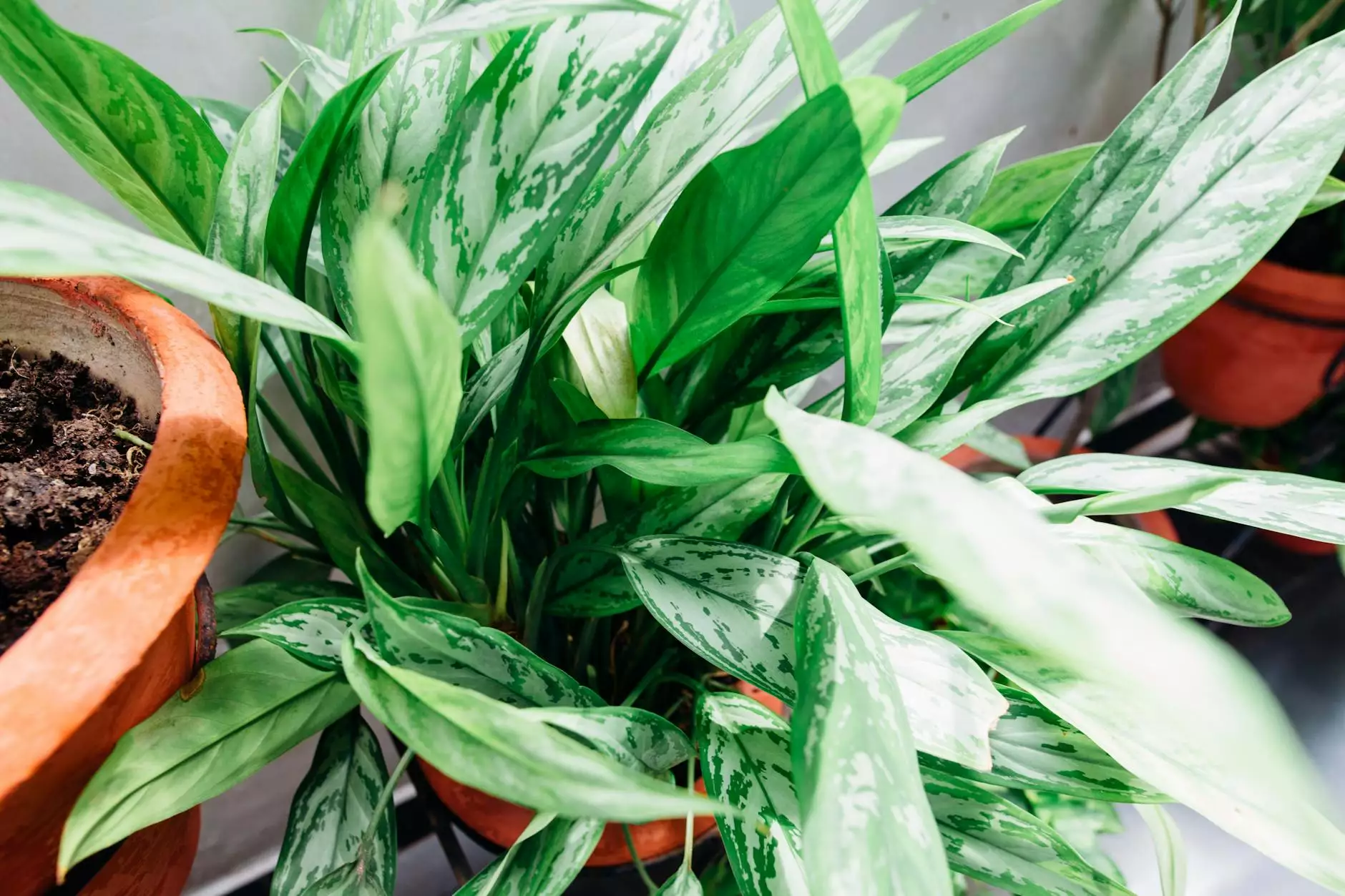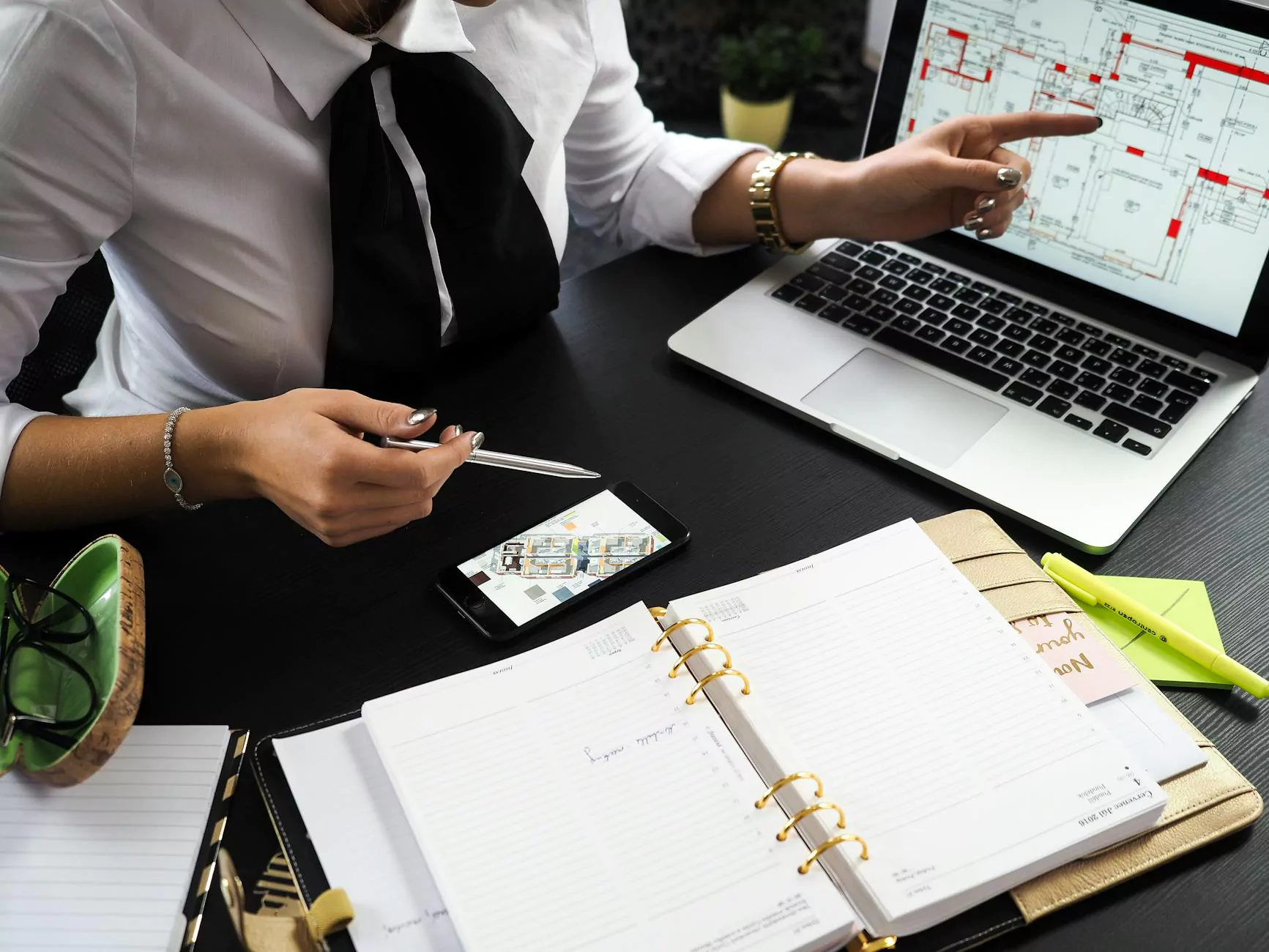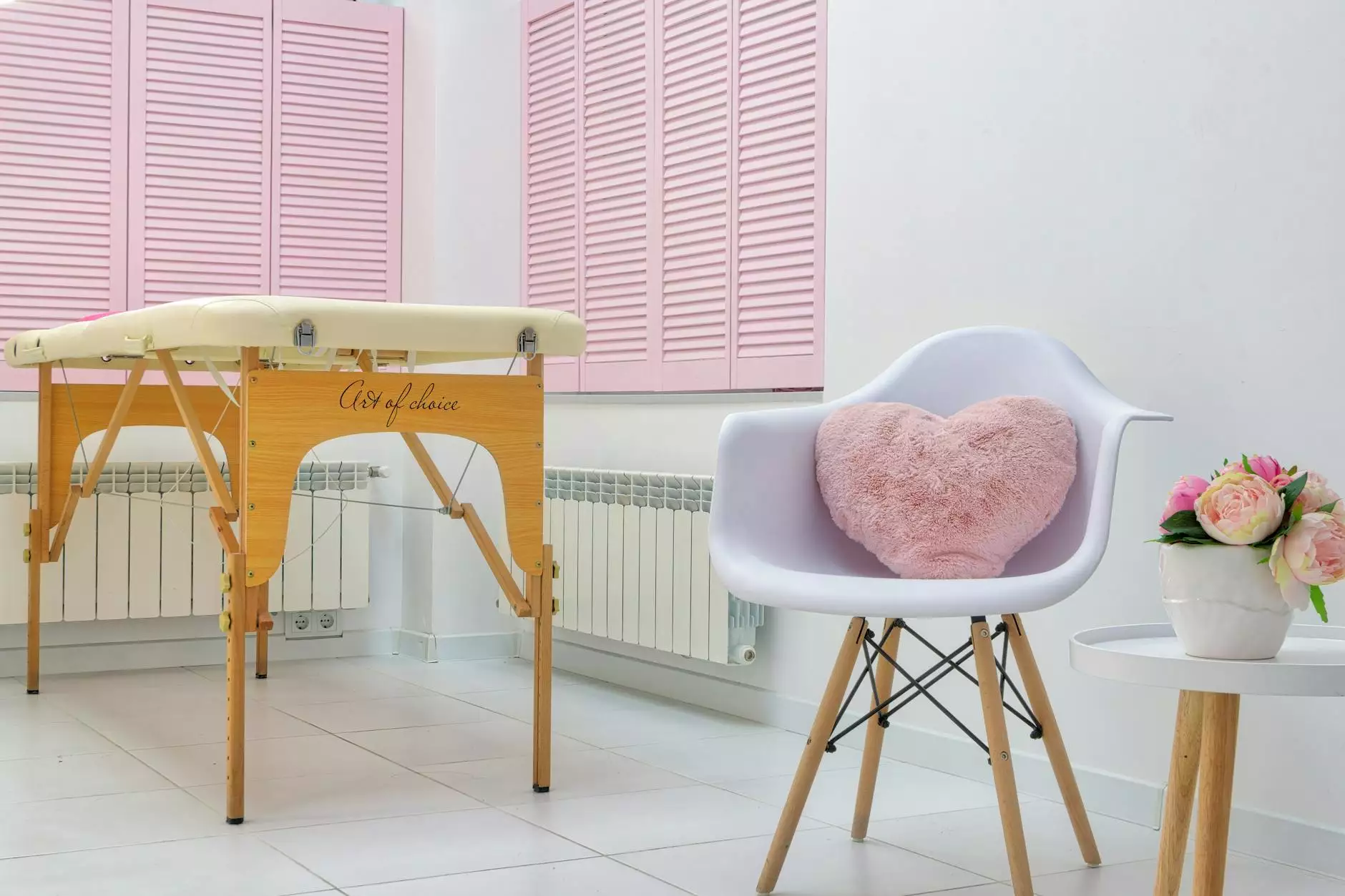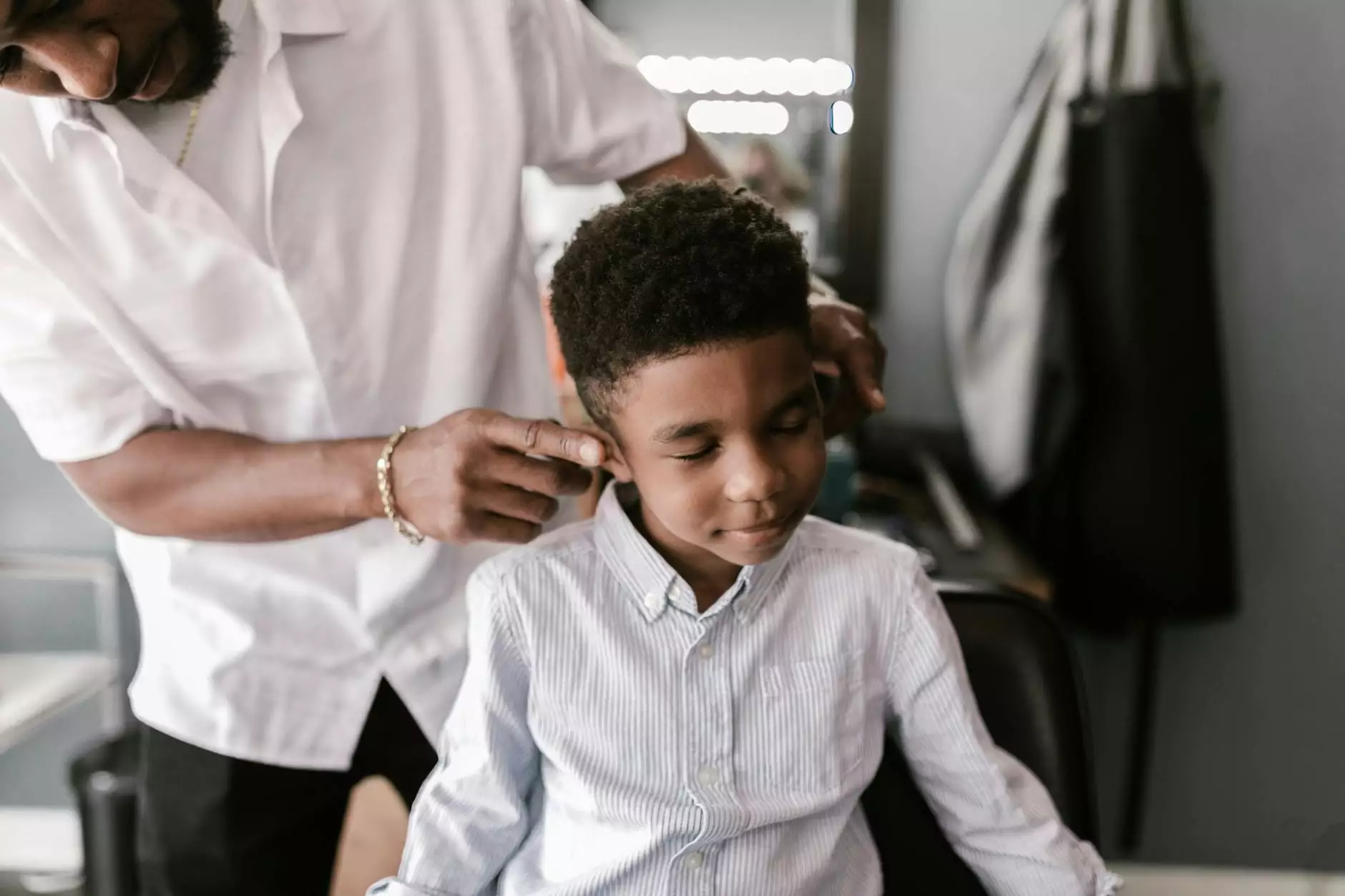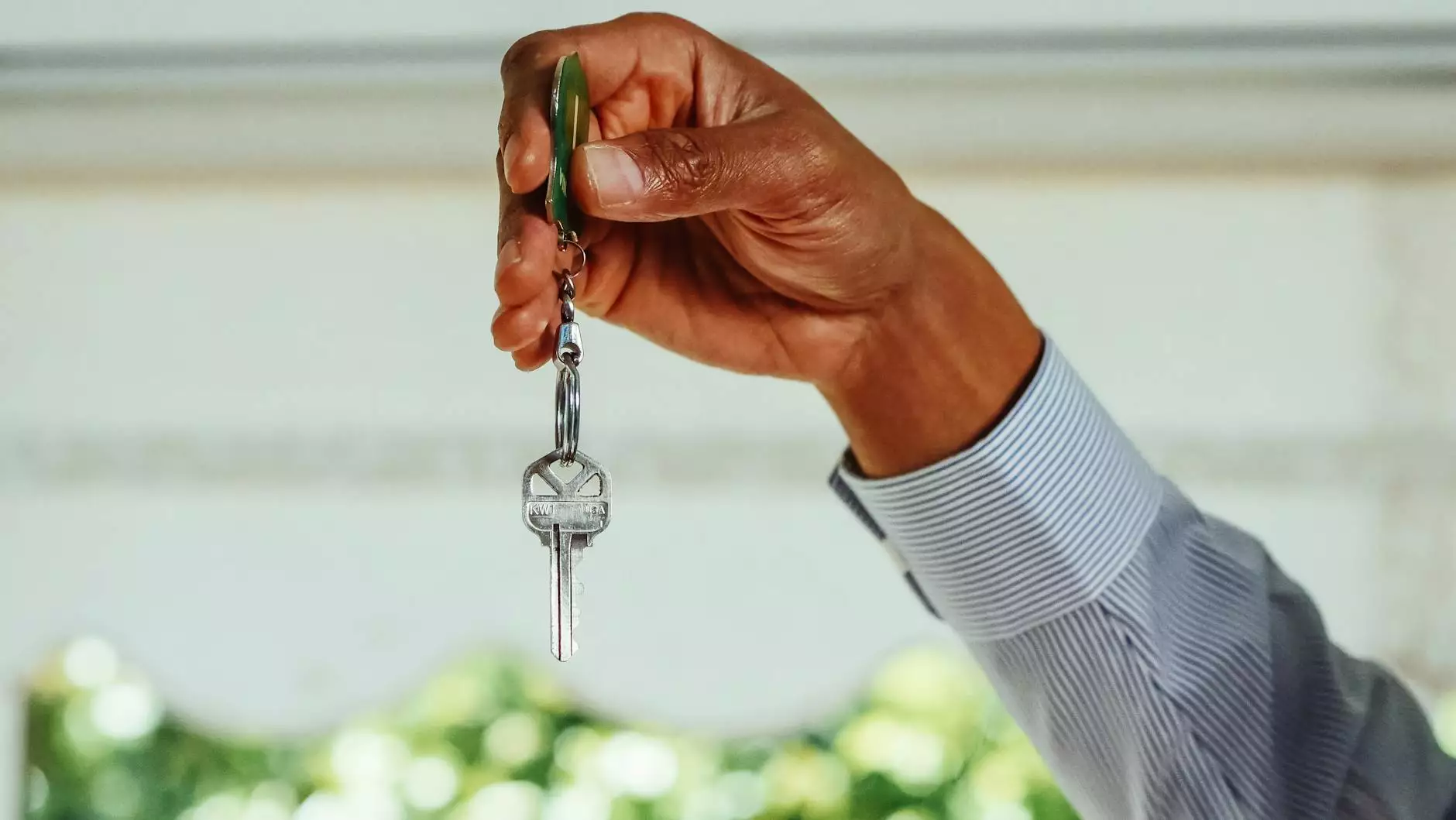The Ultimate Guide to Postnatal Pilates for Diastasis Recti Recovery
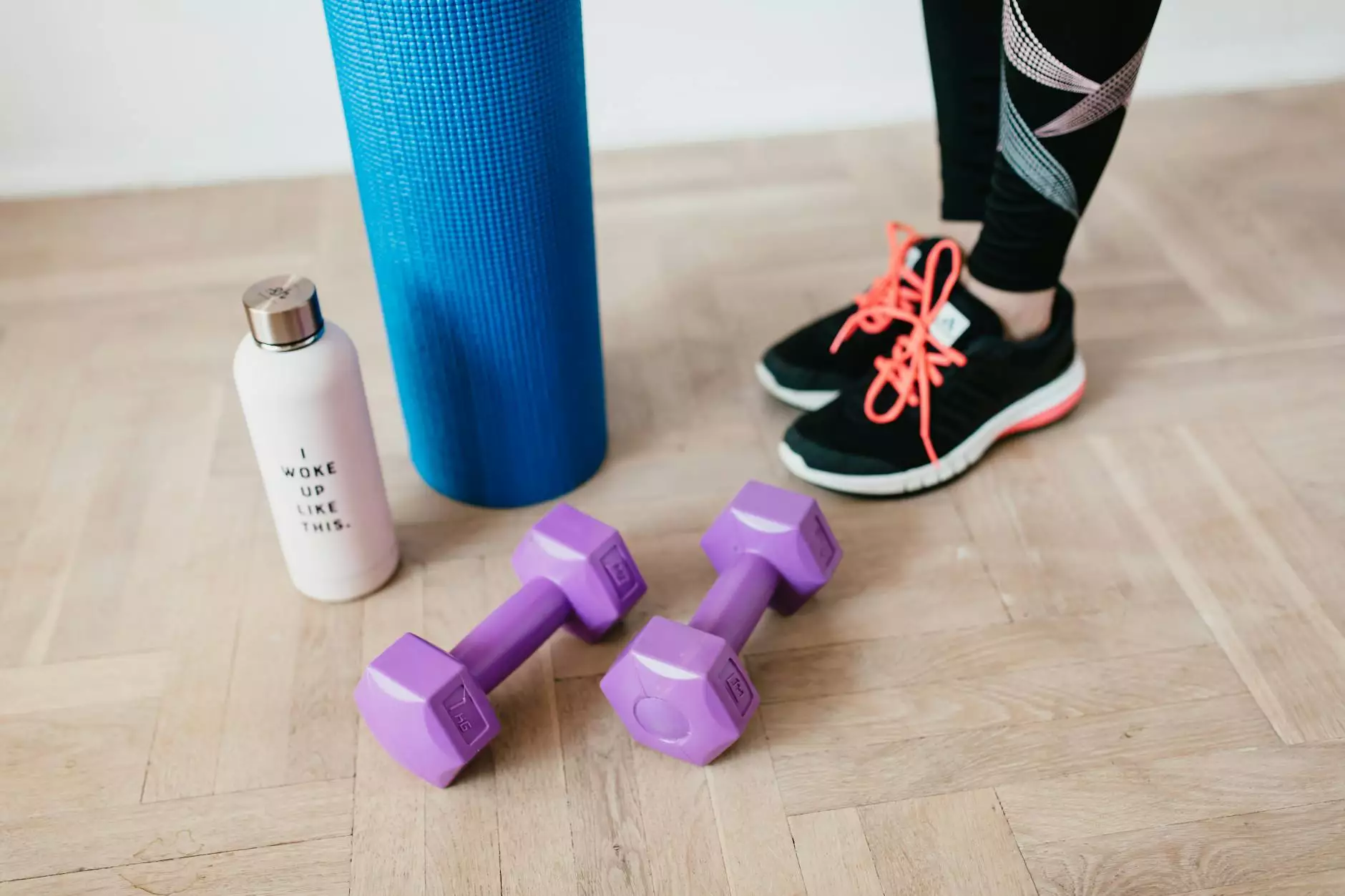
In today’s world, many new mothers experience a condition known as diastasis recti, a separation of the abdominal muscles that can occur during and after pregnancy. This condition not only affects physical appearance but can also lead to various health complications. Fortunately, incorporating postnatal Pilates into your recovery regime can significantly support your healing process. Here, we will explore the profound benefits of *postnatal Pilates* specifically aimed at addressing diastasis recti, alongside practical tips and effective exercises. This comprehensive guide equips mothers with valuable insights to reclaim their health and vitality post-pregnancy.
Understanding Diastasis Recti
Before diving into the benefits of postnatal Pilates, it’s crucial to understand what diastasis recti entails:
- Definition: Diastasis recti is the partial or complete separation of the rectus abdominis muscles, often triggered by the growing uterus during pregnancy.
- Symptoms: Common symptoms include a noticeable bulge in the abdomen, lower back pain, and difficulty performing everyday movements.
- Causes: Factors such as genetics, being overweight, and the number of pregnancies can increase the likelihood of developing diastasis recti.
The Role of Pilates in Postnatal Recovery
Pilates is an excellent low-impact exercise option for new mothers. It focuses on strengthening core muscles, improving flexibility, and enhancing body awareness. Here’s why it is particularly beneficial for postpartum women:
- Core Strengthening: Pilates emphasizes core engagement, which is essential for healing diastasis recti. Strengthening the core can aid in re-aligning the abdominal muscles.
- Pelvic Floor Support: Many Pilates exercises focus on the pelvic floor, which can be weakened during childbirth. Strengthening this area promotes better posture and functionality.
- Improved Posture: Postural alignment is a key component of Pilates, helping to alleviate back pain and promoting overall stability.
- Mind-Body Connection: Pilates encourages mindfulness, allowing mothers to reconnect with their bodies and enhance their mental well-being during the postpartum period.
Safe Practice of Postnatal Pilates
Before beginning any exercise regimen after childbirth, it is essential to consult with your healthcare provider, especially if you have been diagnosed with diastasis recti. Here are some guidelines to safely practice postnatal Pilates:
- Wait for Clearance: Generally, mothers are advised to wait at least 6-8 weeks postpartum before initiating any intense workouts. Always get medical clearance before starting.
- Start Slow: Begin with gentle exercises that focus on stability and engage the transverse abdominis, rather than jumping straight into more challenging poses.
- Listen to Your Body: Pay attention to how your body feels. If you experience any discomfort or pain, stop the exercise and consult a professional.
- Work with a Certified Instructor: Consider attending classes led by instructors who specialize in postnatal fitness for personalized guidance.
Effective Postnatal Pilates Exercises for Diastasis Recti
Here, we present a list of *postnatal Pilates* exercises that are particularly effective in addressing diastasis recti:
1. Pelvic Floor Activation
Strengthening the pelvic floor is crucial. This can be achieved through simple contractions:
- Find a comfortable position, either sitting or lying down.
- Inhale deeply, then as you exhale, gently draw your pelvic floor muscles upward.
- Hold for a few seconds before releasing and repeating 10-15 times.
2. Transverse Abdominal Activation
Engaging the transverse abdominis helps to close the gap in diastasis recti:
- Lie on your back with knees bent and feet flat on the ground.
- Inhale to prepare, then exhale while gently pulling your belly button toward your spine.
- Hold for a few seconds and repeat for 10-15 repetitions.
3. Modified Bridge
The modified bridge not only strengthens your core but also opens the hips:
- Lie on your back with knees bent and feet hip-width apart.
- Inhale to prepare, then exhale as you lift your hips towards the ceiling, squeezing your glutes at the top.
- Hold for a few seconds, then slowly lower back down. Repeat 8-10 times.
4. Cat-Cow Stretch
This exercise improves flexibility and relaxes the spine:
- Begin on all fours with your hands directly under your shoulders and knees under your hips.
- Inhale as you arch your back while looking up (Cow). Exhale as you round your back, tucking your chin to your chest (Cat).
- Repeat for 5-8 cycles, focusing on your breath.
5. Side-Lying Leg Lifts
Side-lying leg lifts target the obliques and improve lateral stability:
- Lie on your side with your legs stacked and your head supported with your arm.
- Inhale as you lift your top leg to hip height, keeping your core engaged. Exhale to lower it back down.
- Complete 10-12 repetitions on each side.
Integrating Mindfulness into Postnatal Pilates
Not only does *postnatal pilates* support physical recovery, but it also encourages a mental reset. Here’s how to integrate mindfulness into your practice:
- Breath Awareness: Focus on your breath throughout each exercise. Deep, controlled breathing promotes relaxation and enhances core engagement.
- Visualization Techniques: Visualize your muscles working as you engage them, which can help enhance the effectiveness of each movement.
- Mindful Movement: Move slowly and deliberately, paying close attention to how your body feels in each position.
Creating a Supportive Environment for Your Practice
To enhance your *postnatal Pilates* experience, consider these elements for a conducive practice:
- Comfortable Space: Choose a quiet area where you can practice without distractions.
- Quality Equipment: Invest in a comfortable exercise mat and, if desired, props like resistance bands or a Pilates ring to deepen your workouts.
- Schedule Consistency: Establish a regular practice schedule, even if it’s just 10-15 minutes a day, to build strength progressively.
Conclusion: Empowering Postpartum Health Through Postnatal Pilates
The journey of motherhood is both rewarding and challenging, particularly when it comes to physical recovery post-childbirth. Postnatal Pilates serves as an empowering tool in addressing diastasis recti, promoting core strength, and enhancing overall well-being. By integrating mindful practices and safe techniques, mothers can support their bodies in healing effectively. With patience and commitment, the road to recovery becomes not only a goal but also a fulfilling part of the maternal experience.
For more specialized guidance, remember to connect with professionals at Hello Physio, where you can find expert advice and personalized programs tailored for your journey. Embrace the transition, and empower yourself with the strength that Pilates offers!
postnatal pilates diastasis recti